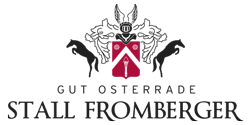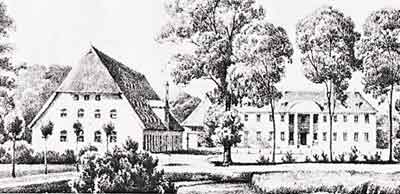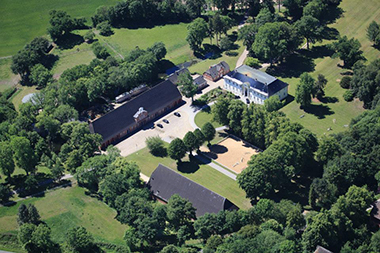Gut Osterrade – a brief summary of a long history
The manor house, erected in the typical architectural style of Schleswig-Holstein, is a protected historic building standing in idyllic parkland, surrounded by open ground and studded with ancient beech trees, outclassing many film sets.
Gut Osterrade embodies an authentic link between the modern day and a long, eventful history. As far back as the Middle Ages there was an estate within close proximity: Dosenrade. A new estate was built just to the east of Dosenrade – thus explaining the name: Osterrade, built in a clearing in the woodland well before the Thirty Years’ War.
You have to delve about 430 years back through the annals to find the first mention of the manor house back in 1587. It was described as an elongated, single-storied building with a tiled roof and corner towers. ↓



